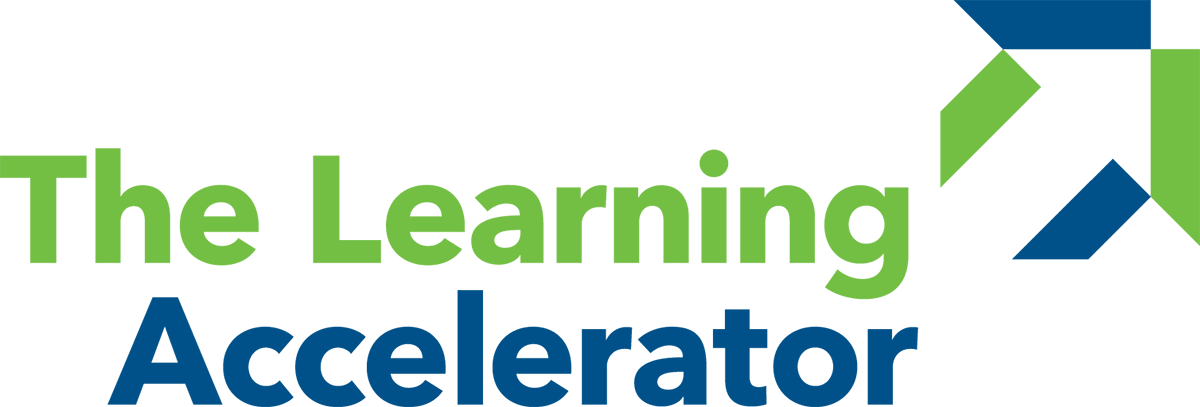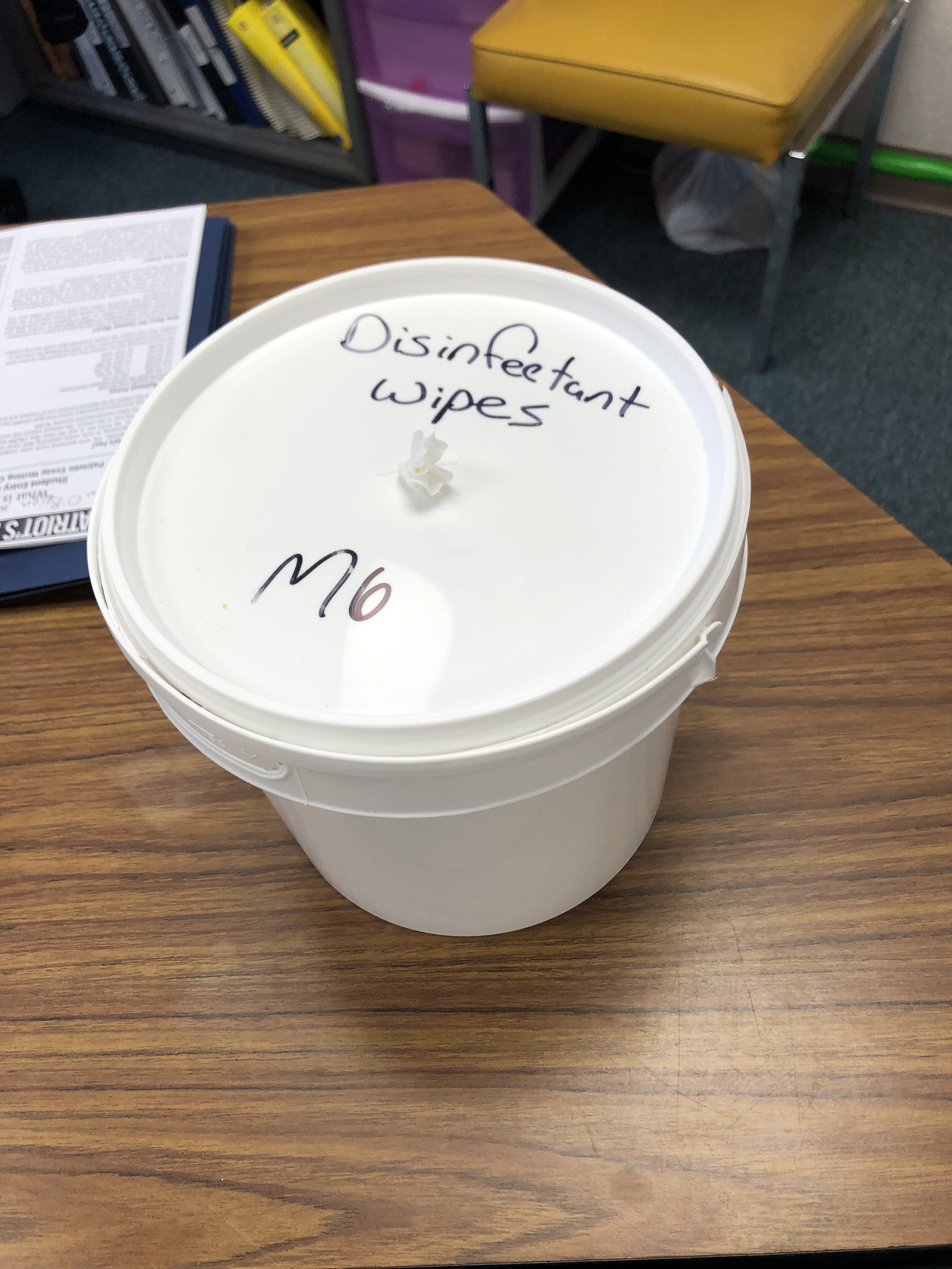Teachers Adapt to New Classroom Constraints
Author: Rachel Moyal-Smith
Takeaways
Make cleaning part of your routine at the beginning or end of the day.
Find ways to adapt to make it work for you and your students.
Look for creative ways to modify the curriculum within distancing and supply-sharing constraints.
Introduction
The COVID-19 pandemic has led to many changes across schools, including new policies on classroom space, layout, and cleaning procedures. Teachers Kerry Silva (eighth-grade science) and Rachel Siegel (sixth-grade English) at Dr. Philip O. Coakley Middle School in Norwood, MA, and Michael Morris (second grade) at Mission Grammar School in Roxbury, MA, shared their experiences in preparing and cleaning their classrooms as well as the adjustments they have made in response to spacing and supply-sharing guidance.
The Classroom Space
The layout of the classroom looks different this year to allow for physical distancing, cleaning, and contact-tracing. At Mission Grammar School, desks are forward-facing with each seat placed at least six feet apart. Coakley Middle School took a creative approach to solving the challenge of physical distancing. To overcome classroom sizes too small for proper distancing, they combined two adjoining rooms while the teacher provided classroom instruction from the doorway. Both rooms have whiteboards and projectors to project the same materials to the students in both classrooms. Siegel points out, “It’s worth it to be back in school, but it’s not the most ideal way to teach.” Both schools assign seats for contacting-tracing purposes, and teachers labeled seats before the first day of school.
Classrooms may be colder than they were last year, with windows kept open to allow for fresh air circulation, so students and staff are encouraged to wear layers. Many items that have become staples of school classrooms, such as decorations, alternative upholstered seating areas, and bookshelves full of books, are now gone due to the challenges they posed when it came to new cleaning guidelines or physical distancing requirements. Both schools had custodial staff remove these items and place them in storage before teachers returned to school to prepare their classrooms. Morris at Mission Grammar plans to add new decorations to his classroom to reintroduce a familiar, warm atmosphere.
Cleaning
Custodial staff and teachers have teamed up for frequent cleaning of classrooms to reduce viral spread. Teachers in both schools wipe down desks, chairs, or supplies after they are used with either disinfectant wipes or a disinfectant spray. Morris uses a disinfectant spray that must stay in place for 10 minutes before being wiped off after the students eat lunch and at the end of the day. Older students, such as Silva’s eighth graders, will use the disinfecting wipes themselves, but when working with younger students, teachers primarily take on this task. Hand sanitizers are positioned throughout the classroom, and many students bring in their own small bottles from home.
Supplies
Students are not allowed to share any supplies. Mission Grammar provides each student with the supplies they need, including manipulatives for math. Students keep these items in their assigned individual bins by the door. When they start their day, they bring their bin to their desk, along with their backpack and jacket. Morris has redesigned centers (work stations) for his students so that each center can be used by a single student at a time, rather than groups of students. He has separated the items for each center into bags and cleans them between uses. These centers have provided students with educational activities during the long process of staggered arrivals and dismissals.
At Coakley Middle School, teachers had to adapt quickly to the new no-shared-materials policy. Siegel had to pivot from using shared novels, in which each student used the same book during a class period, to printing out sections of books for students to keep. She is also trying to give students’ eyes a reprieve from their Chromebook screens. Silva can’t use lab materials in her science class and has had to change lessons to incorporate basic school supplies in their place. She has developed some creative ways to continue to teach science, such as outdoor physics lessons and using the school’s remote learning day to assign “kitchen experiments” so students still have some hands-on learning. Group work has also been challenging, particularly on remote days. Kerry uses three different rooms in Google Meet to foster peer learning: a quiet room, a talking room, and a room for questions. She monitors each of the rooms, providing her an ability to track progress while giving students a choice in their learning environment.
Teachers Adapting
Classrooms and their supplies aren’t the only things that have had to change. Teachers have had to readjust many aspects of their day. At Coakley Middle School, teachers rotate between classrooms and keep their daily supplies on a cart that goes from classroom to classroom, acting as a “mobile desk.” Another way teachers have adapted is by wearing scrubs to work to make it easier to change and clean their clothes once they are home. This has increased their comfort level returning to school and they find that it is a novel way to create a safe environment both at work and at home.
At Mission Grammar School, Morris spends time cleaning at the end of each day. He is working on fun ways to incorporate health reminders – and acknowledgements about the changing world – into his classroom. For example, Morris plans to ask his students to create rhymes on handwashing as part of an upcoming poetry lesson.
The transition back to school has not been without its challenges, but teachers have been finding creative ways to adjust. As Siegel said, “I love teaching. It feels so good to be back at it, and I want to do everything we can to keep everyone safe so no one gets sick and we stay in school as long as possible. You just kind of get used to it and adapt.”
Relevant Reopening Health Principles
Principle 8: Hygiene (Personal and Space) - Clean hands (via handwashing with soap, sanitizing), clean and wipe down surfaces, and conduct thorough cleaning of building spaces to reduce exposure to COVID-19 droplets.
Principle 9: Density and Distance - Limit the number in enclosed spaces and allow distance between people to reduce exposure to COVID-19 droplets.
Access additional Parabola Project Spotlights.








